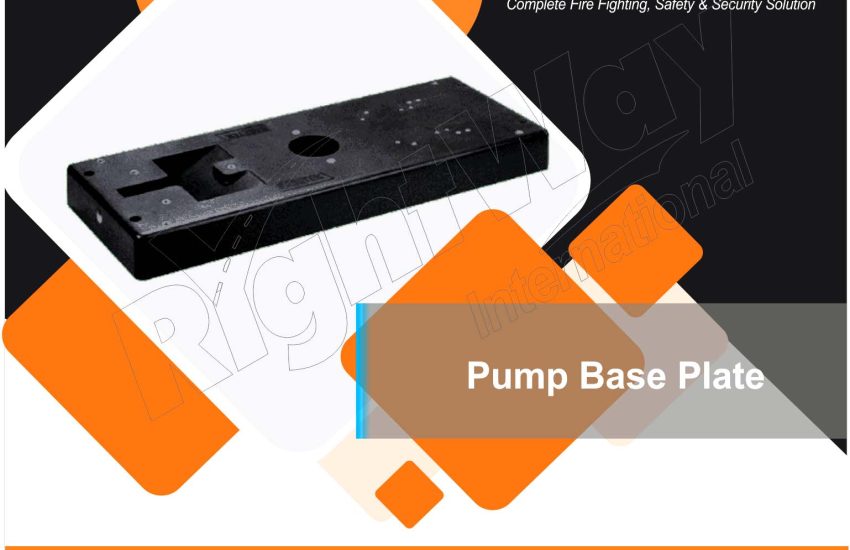Pump Base Plate are crucial components that provide stability and support for pumps and their associated equipment. They play a significant role in ensuring the efficient operation and longevity of pumping systems. This article explores the function, features, benefits, and common applications of pump base plates.
What is a Pump Base Plate?
A pump base plate is a flat, sturdy platform on which a pump and its associated components, such as motors and couplings, are mounted. It serves as the foundation for the entire pump assembly, ensuring proper alignment and reducing vibrations during operation.
Key Features
- Material Construction: Pump base plates are typically made from materials such as steel, stainless steel, or cast iron, providing durability and resistance to wear and tear.
- Design Variations: Available in different designs, including single and double base configurations, base plates can accommodate various pump sizes and types.
- Vibration Isolation: Many pump base plates include features designed to dampen vibrations, helping to protect the pump and connected equipment from damage.
- Mounting Options: Base plates often have pre-drilled holes and alignment features to simplify the installation process and ensure proper alignment of the pump and motor.
- Corrosion Resistance: Some base plates are coated or treated to resist corrosion, making them suitable for harsh operating environments.
Benefits of Pump Base Plates
- Stability and Support: By providing a solid foundation, pump base plates help ensure that pumps operate smoothly and reliably, reducing the risk of misalignment and wear.
- Vibration Reduction: Properly designed base plates help minimize vibrations, contributing to quieter operation and prolonging the life of both the pump and associated equipment.
- Ease of Installation: With their mounting features and alignment capabilities, base plates facilitate quicker and more accurate installation of pumps and motors.
- Improved Performance: By ensuring alignment and stability, pump base plates contribute to the overall efficiency and performance of pumping systems.
- Versatility: Suitable for a variety of applications, pump base plates can be used with different types of pumps, including centrifugal, positive displacement, and submersible pumps.
Applications
- Industrial Settings: In manufacturing and processing plants, pump base plates provide essential support for various pump types used in fluid handling.
- Water Treatment Facilities: Pump base plates are commonly used in water treatment plants to support pumps that manage water supply and wastewater processes.
- HVAC Systems: In heating and cooling applications, base plates support pumps that circulate fluids throughout the system.
- Irrigation Systems: Agricultural applications use pump base plates to secure pumps for efficient water distribution in irrigation systems.
- Fire Protection Systems: Base plates are essential in fire pump installations, providing the necessary support for reliable operation during emergencies.
Conclusion
Pump base plates are fundamental components in ensuring the stability and efficiency of pumping systems. Their durable construction, vibration-reducing features, and ease of installation make them indispensable in various industries. By investing in high-quality pump base plates, businesses can enhance the performance and longevity of their pumping equipment, leading to improved operational efficiency and reduced maintenance costs.


